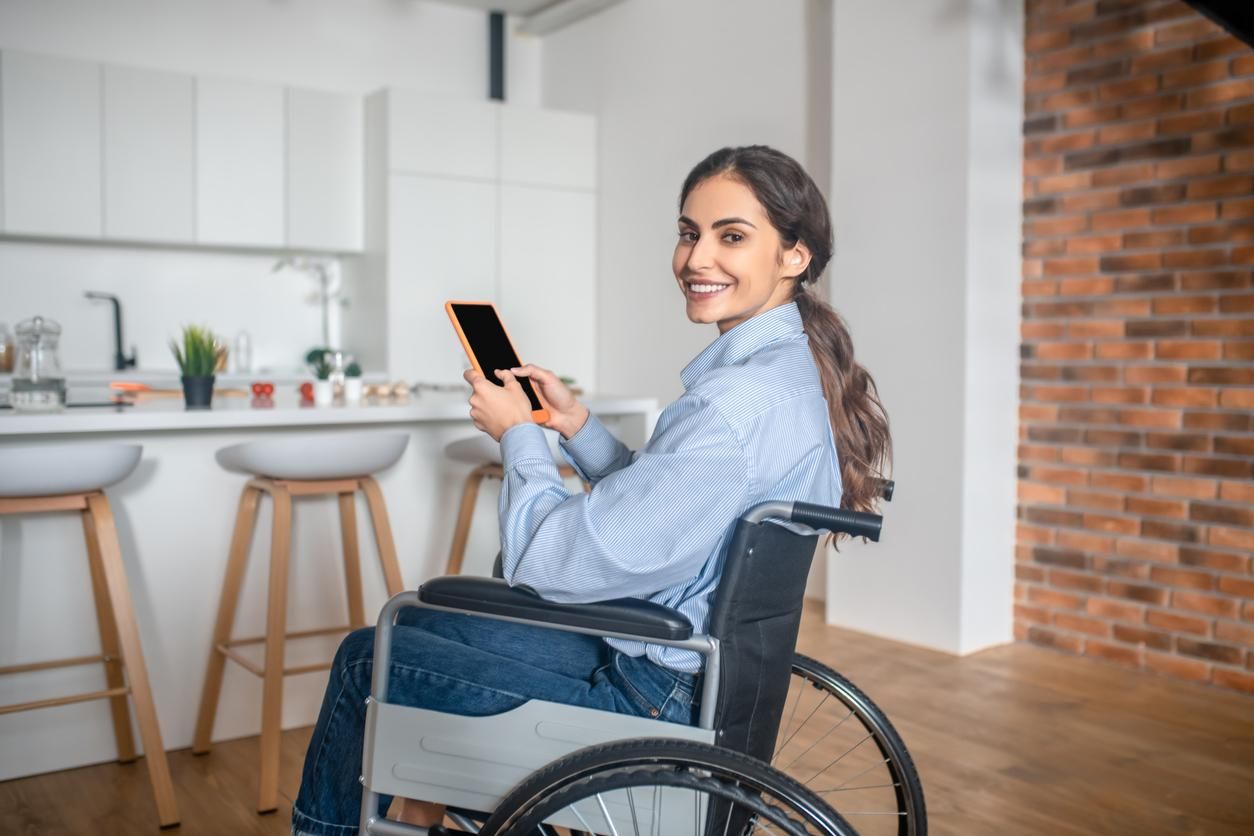5 Devices to Remodel a Smart Home for People with Special Needs
We all need and deserve the comfort that comes with the full accessibility of our home. The same stands true for people with disabilities or illnesses who should be free to live independently. Yes, they might be adapting to their life with restricted mobility, but with smart technology, they can now enjoy convenient and hassle-free living. They no longer need support from others to perform basic tasks for them.
The emergence of Internet of Things (IoT) and home automation has been a life-changing experience for us. Fortunately, embracing these changes is quite economical, thanks tolow interest personal loans.
If you or a family member have a disability or chronic disease and wondering how to use smart devices to improve accessibility for disabled people, then these smart connected devices can help you get started.
Smart Home Devices to Improve Accessibility
Here are 5 smart devices to help the disabled take care of themselves without any dependence on a family member:
1. Smart Speaker
Besides using a voice-activated assistant to control smart speakers, users can enable automated reminders for important activities, such as taking medications and hospital appointments. They can also read a book, share weather updates, find movies to watch, and play music for you. This cutting-edge devices are is known for enhancing accessibility for disabled by automating several tasks for them. The smart speaker assistants come in all shapes and sizes. There are basic models with limited features for a simple experience without straining your budget. If you want more advanced versions with powerful features like smart interactive displays, you either have to shell out a hefty amount or keep an eye out for seasonal sales to get the best bargain.
2. Smart Lock
One of the major concerns for disabled people is giving the nurse, housekeeper, care attendant, or therapist access to their home. Yes, they have a keypad lock option, but it’s not always secure and reliable. It doesn’t tell you who used it or when changing the combination can be arduous. And if someone with malign intentions gets hold of it, the results can be severe. Hence, comes a smart lock. Listed among the safest and most convenient smart home devices for disabled, it allows you to give temporary access to users. You can restrict the time and days when they can enter the home with the smart lock. It keeps a log of everyone who visits the place. Also, removing someone’s access is simple and quick. And many can integrate with your smart home security system and/or smart speaker for more ease of use.
3. Smart Doorbell
For anyone with chronic illness or disability, checking the door or window anytime someone rings the bell is a hard. Covering the distance from the bed or chair to the door can be a herculean task. A smart doorbell with a motion sensor is one of the crucial facilities for disabled person that tells you who’s at the door without you answering it. It acts like a security camera and can detect the person entering your property and notifies you via phone or tablet. Moreover, you can talk to, hear and see your visitors using the device without leaving your bed or couch. Video doorbells also work well with smart locks. Just make sure you get one that is compatible with your smart door lock.
4. Smart Hub
For anyone planning home remodeling for disabled, a centralized master control system for all smart devices is highly recommended. These systems come with a controller or a smart hub which enables you to control all other systems directly and coordinate your routines. You can command and control all the connected devices using a smart hub app to get most functions done through it. Many leading brands offer smart hubs, including Homeseer, Hubitat, Samsung and Wink but make sure that the one you purchase is compatible with all the smart devices. Also, assess the installation and associated costs to avail of the best deals.
5. Emergency Response Systems
In our quest to find the best smart devices for disabled, we often ignore the most essential solution, i.e., an automated emergency response system. It is also called a medical alert system that connects users with life-saving services at a click of a button. This is one system that we all hope no one has to use but life is full of unexpected events and it’s better to be prepared than sorry. Also, it can come in handy when the disabled person is alone at home. With the emergence of technology, you can now get your hands on a device that doesn’t even need you to press an emergency button, it notifies the response team if a fall is detected. One company that makes such a device is Vayyar and it’s their Walabot Home. (See GearBrain review here)
Bottom Line
Smart devices are known for adding convenience to our lives but for some, they ensure independence and freedom to access every nook of their home. And we can’t deny they are fun to use as well. These cutting-edge systems with advanced features make it easier for home-bound people to stay connected to the world while overcoming their mobility restrictions. And they can help caregivers monitor and provide additional support when needed.
Don't forget to check The GearBrain, our compatibility find engine for smart devices. It can help you find, buy and connect any smart device.
